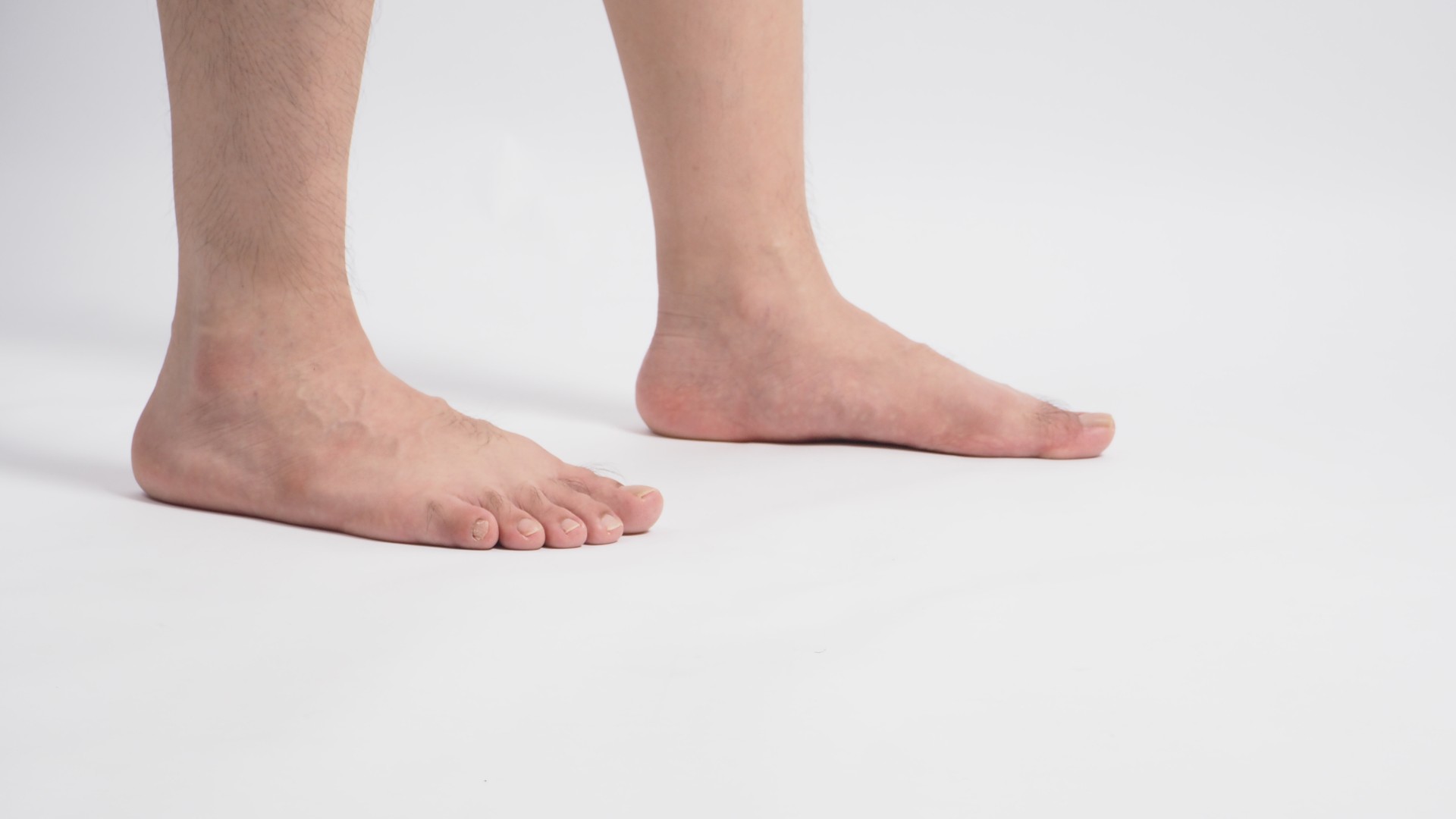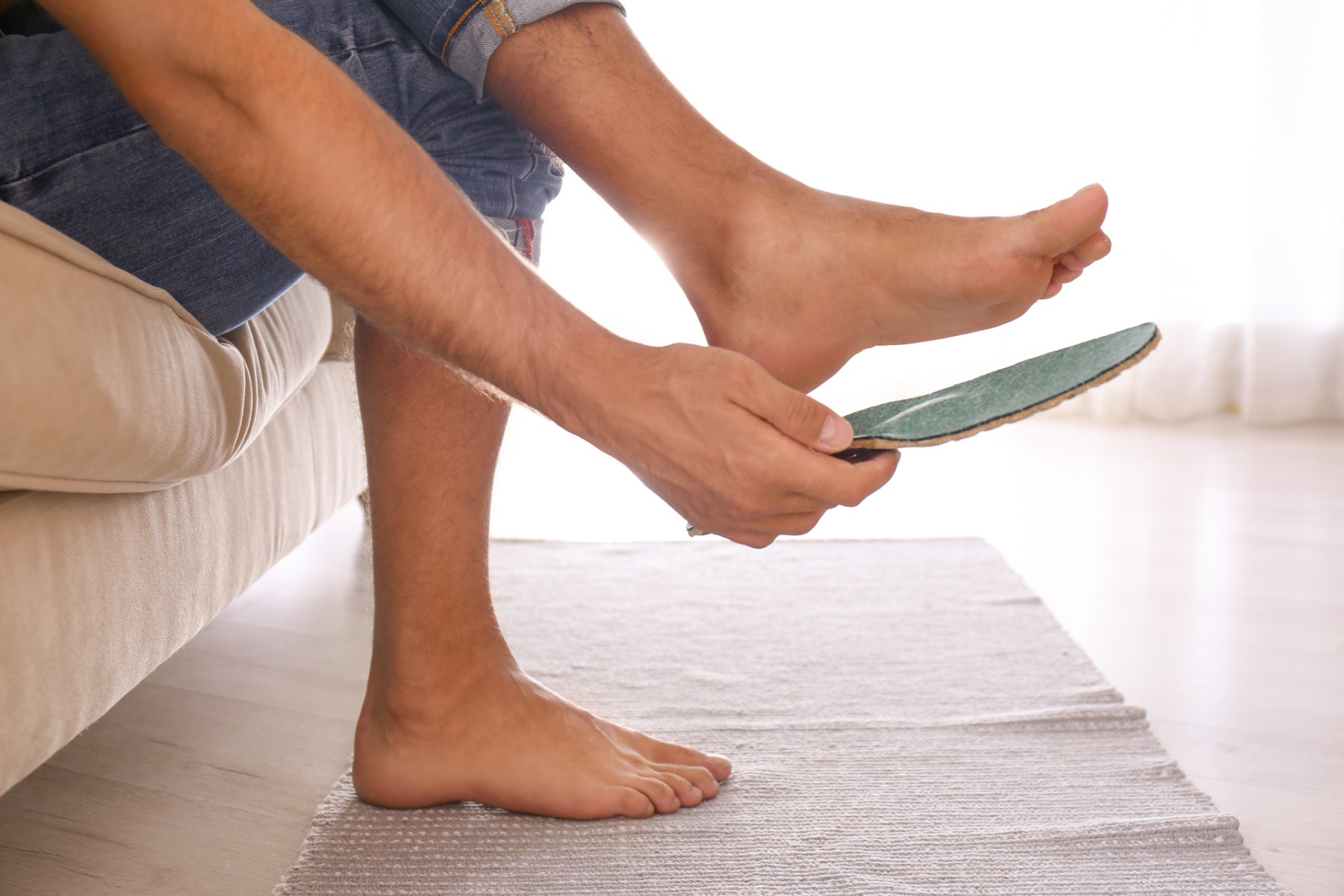Flat Feet
The arch in your foot helps you stay balanced, maintain proper posture, and adds flexibility. If an arch in your foot falls, your foot is no longer functioning as it should. You can experience pain throughout the foot and ankle, swelling, and even issues that change your walking pattern.
These symptoms arise from a condition called pes planus, commonly known as flat foot. Flat feet are common among infants but sometimes disappear around age 3. Children with flat feet can outgrow the condition, but some never do.
In other instances, an adult can develop flat feet due to injury or other health conditions. Adults can acquire flat feet at any age for a variety of reasons, including natural aging as well as injury. In fact, a 2012 assessment by the Institute for Preventative Foot Health found that 8% of U.S. adults 21 and above have flat feet. At Midwest Podiatry, we treat patients with flat feet by conducting formal assessments and making personalized recommendations.
Our custom orthotics offer relief by conforming to the shape of your feet and offering arch support where you need it the most. Before looking into treatments and solutions, let’s look more closely at what flat feet are, common symptoms, risk factors, and how we treat them.
What Are Flat Feet, and What Are the Symptoms?
Flat feet have fallen arches, so when people are standing, walking, and running, they don’t have the normal support they need.
Symptoms
- Pronation: when your feet roll inward
- Abduction: when your toes turn out
- Aching feet after walking or standing
- Pain alongside the posterior tibial tendon, which runs along the inside of the ankle down into the arch
- Pain on the outside of the foot where the ankle meets the foot
- Swelling around the foot and ankle
Symptoms can vary among patients, and some may not even have any pain.
What Causes Flat Feet?
Obesity
Clinical obesity is anyone with a body mass index (BMI) over 30 and a healthy BMI is 18.5 to 24.9. The more you weigh, the more pressure bears down on your feet. The arches in your feet act as shock absorbers, and too much weight on them can cause the arches to go flat.
Age
Flat feet are more common in people 40 and over. Natural wear-and-tear from decades of walking can be the cause. Many people are born with flat feet, and they don’t become bothersome until later in life. Athletes 40 and above can also be more prone to flat feet.
High Blood Pressure
If you have high blood pressure that restricts blood flow to the feet, you may go on to develop fallen arches and flat feet later. Managing blood pressure levels is crucial to caring for all the other parts of your body.
Previous Injuries
Tears, breaks, and even stress fractures can put you at a higher risk of developing flat feet. Injuries to the ligaments in the foot misalign the joints. Torn ligaments can cause the feet to fall flat altogether. Larger foot injuries to the middle and back of the foot can also lead to flat feet.
Diabetes
Foot problems are not uncommon among people with diabetes. Flat feet are more common for those with diabetes because your tendons are not able to work as they should. Diabetic people can also develop an extreme form of flatfoot where the bones collapse called charcot. This condition is caused by nerve damage (neuropathy), which weakens the bones and muscles in the feet over time.
Arthritis
Inflammatory arthritis can arise or worsen from flat feet because the joints in your foot get pulled into an abnormal position that can cause extra strain and breakdown of the cartilage in the foot.
Damage to Any of the Bones and Tendons in Your Feet
Any prior damage to bones or tendons in the feet can increase the risk of fallen arches later. Flat feet come from misalignment, but they also stem from nerve damage and muscle damage. While not everyone with a previous injury gets flat feet, the risk is elevated for people in this demographic.
Do You Need Treatment for Flat Feet?
If you do not experience painful symptoms, then you may not require any treatment. However, seeking assessment early can help you from experiencing foot pain in the future. Many of the long-term side effects of flat feet can be avoided with proper management. If your child says their feet hurt you should take them seriously and have them evaluated by a podiatrist.
If you do have any foot pain when walking, standing, or exercising, then you should schedule an appointment with one of our doctors ASAP.
How We Treat Flat Feet
At Midwest Podiatry, we personalize every treatment. Some of our options for managing flat feet include:
- Custom orthotics with specific modifications that put your feet in the proper position
- Home exercises and stretches tailored to your specific needs
- Shoe gear recommendations as many shoes do not meet the needs of someone with flat feet
- Wearing a custom brace of splint
- Flat foot surgery as a last result if flat feet are interfering with daily life
Contact Us for Treatment Today
Reach out to the team at Midwest Podiatry today to schedule an appointment. We are happy to discuss all your treatment options and develop a care plan that’s right for you. Please schedule an appointment online, or call us at (612) 788-8778


